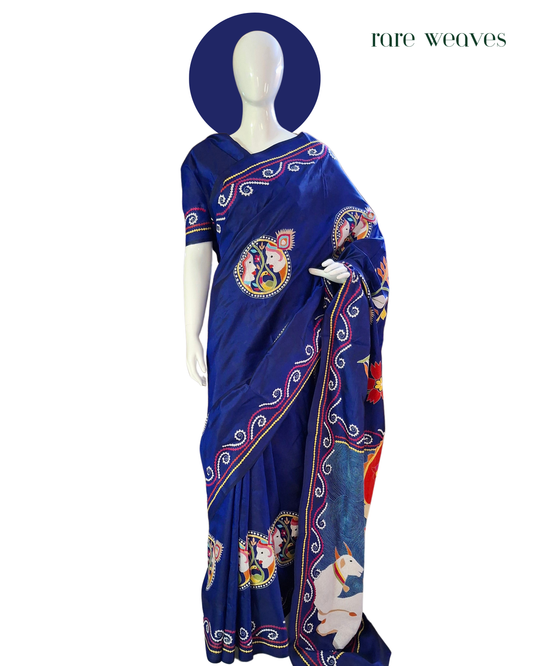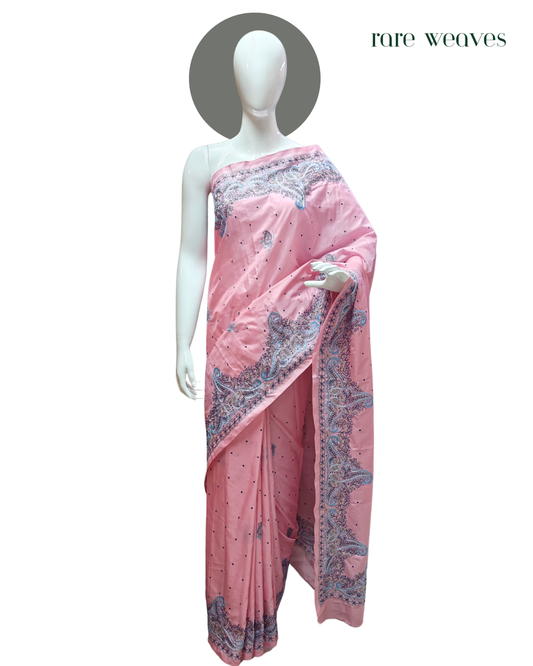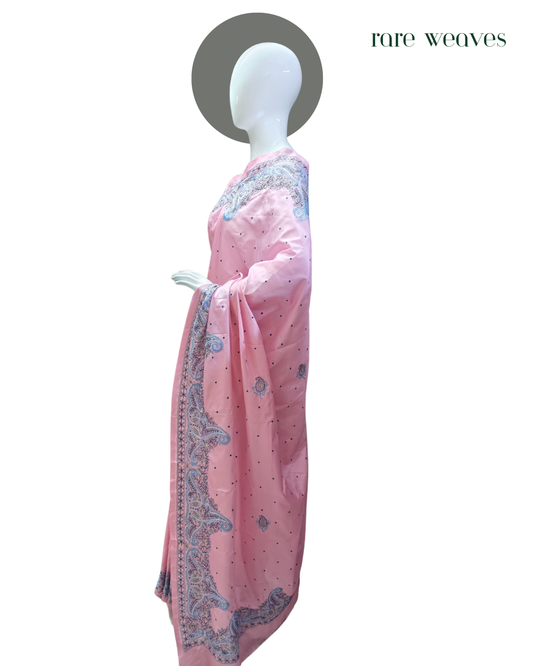Collection: Bangalore Silk
The roots of Bangalore’s silk legacy trace back to 1898, when the visionary Jamsetji Nusserwanji Tata established the city’s very first silk farms in the village of Basavanagudi, nestled in the southern part of Bangalore.
During a visit to Japan, Tata was deeply inspired by the country's well-structured and scientific approach to sericulture. Recognizing Bangalore’s favourable climate and soil for mulberry cultivation, he envisioned replicating the Japanese model here. To bring this vision to life, he partnered with K. Sheshadri Iyer, the Dewan of Bangalore, and Mustan of Channapatna, a prominent silk trading firm. This collaboration laid the foundation for a silk revolution in the region, with Tata personally overseeing its development in the early 20th century.
The Tata Silk Farm soon became a pioneering hub, with Japanese experts traveling to Bangalore to share their knowledge and techniques. Innovations followed—crossbreeding of silkworms, early disease detection, cocoon preservation, and improved packaging methods elevated the quality of silk production. Initially, cocoon seeds were imported from Japan, but with time, and support from the Mysore government, enough land was allocated locally for mulberry cultivation. Bangalore began producing its own inputs, marking a turning point in self-sustained sericulture.
As the industry grew, so did its reputation. Bangalore emerged as a thriving center of silk cultivation, renowned far beyond India's borders for its superior craftsmanship and luxurious silk.
-

 Sold out
Sold outBangalore Silk Kantha and Gujarati
Regular price Rs. 9,450.00Regular priceUnit price / per -
Blended Bangalore Silk with Kashmiri Hand Embroidery
Regular price Rs. 4,640.00Regular priceUnit price / per -
Blended Bangalore Silk with Reverse Kantha
Regular price Rs. 4,185.00Regular priceUnit price / per






